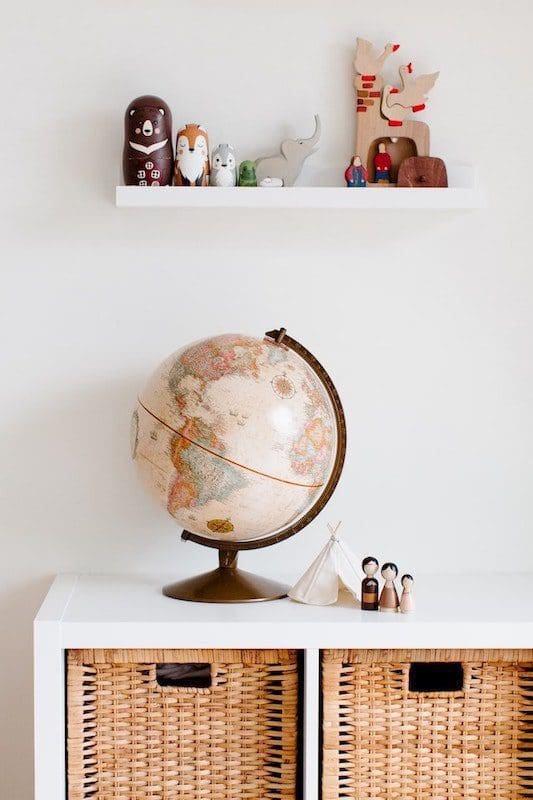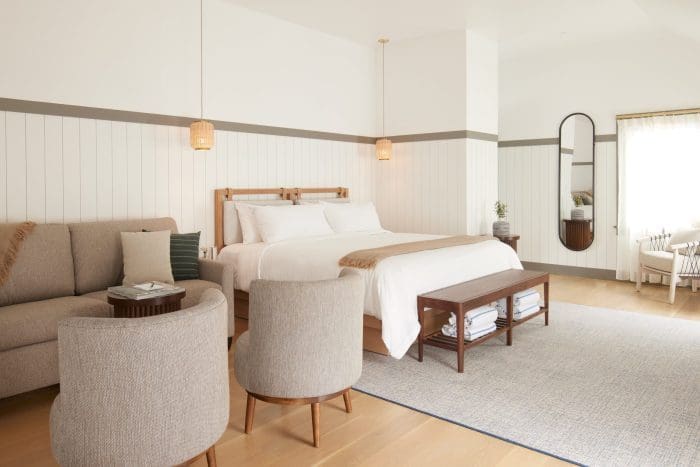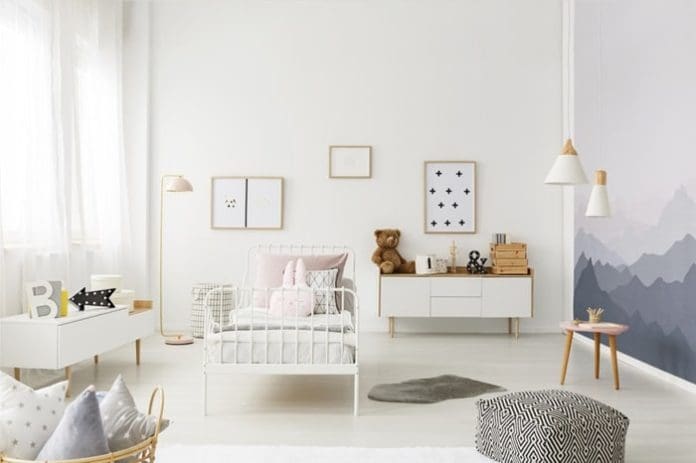Designing a child’s first bedroom blends the magic of childhood with the practicalities of growing up. It’s a delicate balance between creating a whimsical space that captures their imagination and ensuring the room adapts through their formative years.
From selecting durable furniture that transitions through life’s stages to choosing themes that can mature with your child, setting up this special space is as much about foresight as it is about fun.
Future-Proofing for Growing Kids
When planning a child’s first bedroom, it’s crucial to think ahead about how the space will serve them not just in the immediate years but as they grow into young adults. Choosing adaptable furniture that can adjust to different needs and sizes, such as extendable beds or modular storage units, ensures that the room grows with the child. Equally important is selecting a décor theme that can mature gracefully.
Opting for a base of neutral colours and timeless designs allows for easy updates with accessories and accents rather than complete overhauls. This approach not only saves time and expense over the years but also helps the space evolve in a way that continues to appeal to your child’s developing taste and sense of identity.
Evolving Themes & Personal Touches
Starting with whimsical animal motifs for the youngest members of the family, these themes can smoothly transition into detailed natural habitats or safari scenes over time. Adaptable bedroom themes for children are vital in creating a space that can be easily upgraded as children grow up.
Educational elements offer another rich vein to mine, beginning with simple, vibrant depictions of numbers and letters that can evolve into more sophisticated educational themes like astronomy or world geography.
This strategy allows the decor to evolve incrementally, keeping the environment both stimulating and suitable for different developmental stages. Such thoughtful updates not only maintain a room’s relevance but also nurture a child’s expanding horizons without requiring complete redecoration.
Versatile Colour Palette
Choosing a versatile colour palette for a child’s bedroom is key to creating a space that adapts effortlessly as they grow. Starting with soft, neutral tones such as greys, beiges, or pastels provides a serene foundation that suits any age. These colours are perfect for the early years and offer a backdrop that can be easily livened up with brighter, bolder accents as the child’s preferences evolve.
Incorporating new elements like upgrading bedroom walls with removable wall art, colourful bedding, or vibrant curtains can transform the room from a soothing nursery to a lively toddler’s paradise and later to a cool pre-teen hangout. This approach not only ensures the room remains stylish and age-appropriate but also allows for simple updates that can significantly alter the space’s feel without extensive redecoration efforts.

Design for Sharing & Longevity
When designing a child’s bedroom that might later be shared with siblings, it’s crucial to focus on both functionality and longevity. Choosing timeless furniture pieces that can withstand the wear and tear of multiple children, such as sturdy beds and robust wardrobes, is essential. A gender-neutral colour scheme and flexible room layouts are also pivotal in accommodating different personalities and preferences over the years.
Options like bunk beds or twin beds can maximise space while providing individual areas for personalisation. Additionally, adjustable storage solutions that can be reconfigured as needs evolve are invaluable in keeping the room organised and adaptable. This careful planning ensures that the bedroom not only meets immediate family needs but also smoothly transitions to meet future demands.
Safety & Accessibility
Safety and accessibility are paramount when designing a child’s first bedroom. It’s essential to select furniture with rounded corners and secure fittings to prevent accidents and ensure that all materials used are non-toxic and child friendly. Accessibility is also key, especially for younger children. Low shelves and drawers that they can reach encourage independence and help them learn to tidy up after themselves.
Consider the placement of furniture to create clear pathways for easy movement, reducing the risk of trips and falls. Child-proofing elements such as window locks and electrical socket covers are also vital for keeping the room safe. This approach not only makes the space safer but also more enjoyable and functional for children as they grow.



























